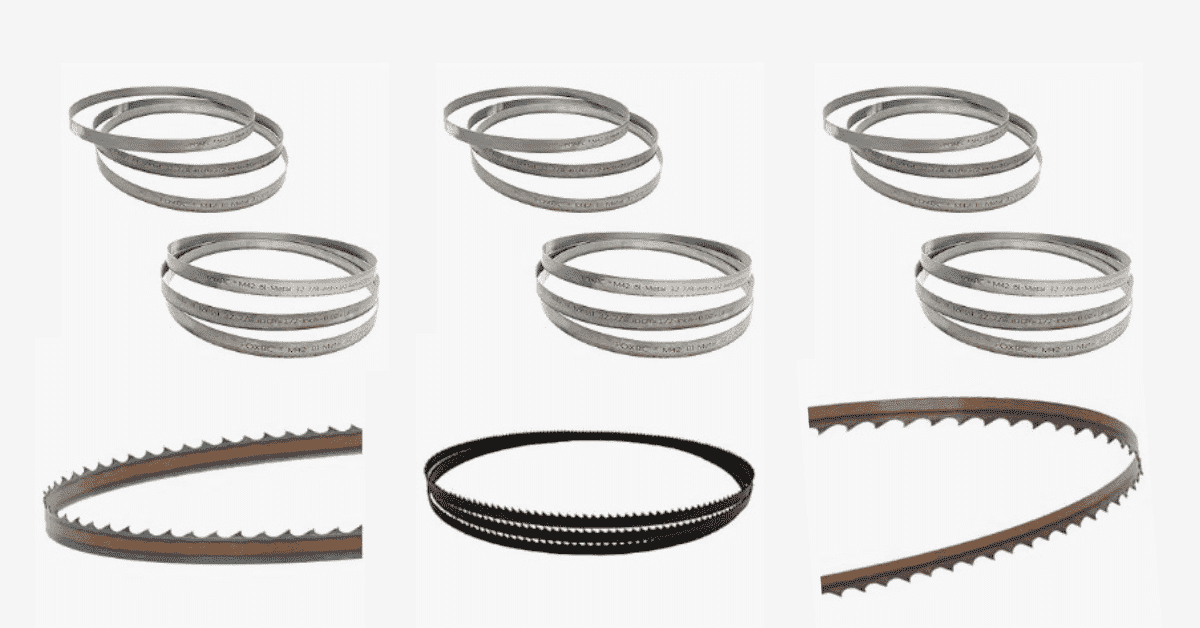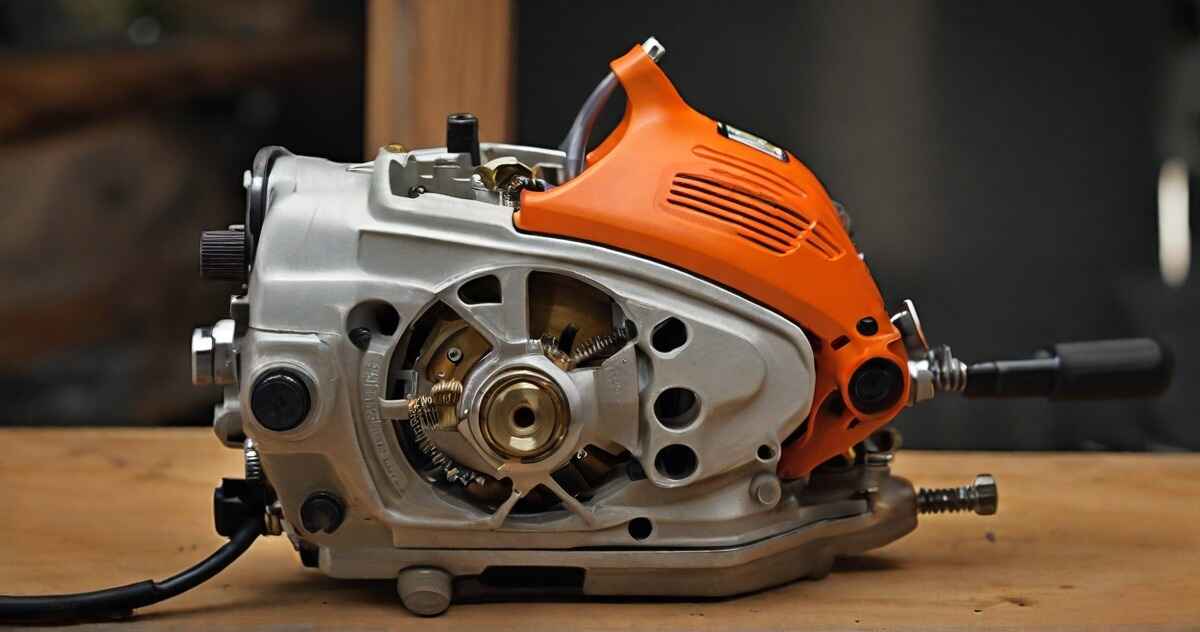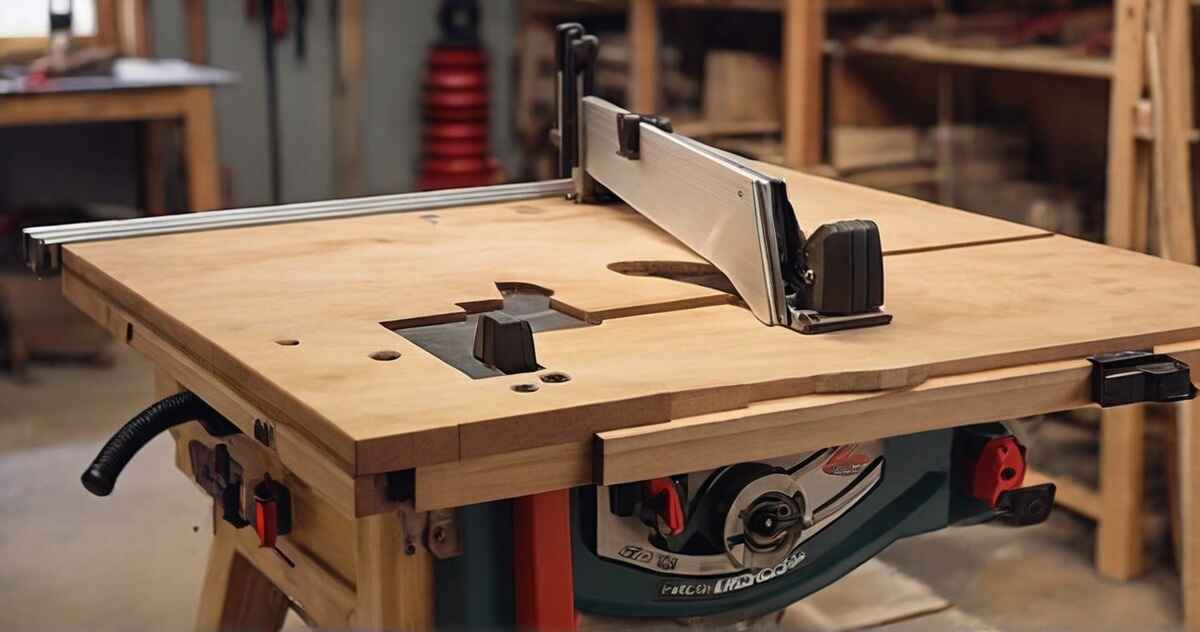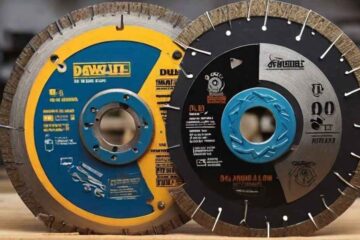Band saws are versatile tools used in metalworking and woodworking. Choosing the right band saw blade is essential for safety and performance. This guide shows you how to measure band saw blade. We’ll also talk about choosing the right blade.
What is a Bandsaw Saw Blade?
A band saw blade is a long, continuous, narrow strip of metal featuring teeth on one edge. Its looped design allows it to cut wood, metal, and plastic efficiently. Depending on what material you intend to cut, the type of blade you need varies. For example, cutting wood differs significantly from cutting metal.
Why Measuring a Band Saw Blade Correctly Matters
Accurate measurements of a band saw blade are crucial for several reasons:
- Proper Fit for Your Machine: Measuring the blade under tension ensures it is the correct size for your band saw. Incorrectly sized blades can not only damage the machine but also compromise safety.
- Cutting Quality: Precision in measurements is vital for obtaining straight and accurate cuts. Be aware of the blade’s width and thickness when cutting.
- Material compatibility: Your blade must be the same thickness as your material. Inefficient cutting may occur with thin blades on dense materials.
Steps to Measure a Band Saw Blade
Step 1. Measuring the Length of a Band Saw Blade
How do you measure the length of a band saw blade?
- Turn off and unplug the band saw to ensure safety.
- Locate the weld joint on the blade, typically where the blade ends meet.
- Place a piece of tape near the weld joint as a reference marker.
- Lay the blade flat on a level surface, ensuring it’s straight.
- Align the “zero” mark of a tape measure with the tape on the weld joint.
- Extend the tape measure to the opposite end of the blade, which is generally considered the blade’s length.
- Record this measurement for future reference.
Step 2. Measuring the Width of a Band Saw Blade
How do you measure the width of a band saw blade?
- Place the blade on a stable surface when placing it.
- Count teeth by focusing on their widest parts.
- Record the width measurement.
Step 3. Measuring the Thickness of a Band Saw Blade
How do you measure a band saw blade’s thickness?
- Ensure the blade is flat and not twisted on the surface.
- Use a micrometer to measure the blade’s back edge, checking at several points along its length.
- Record the thickness measurement.
Step 4. How to Measure Band Saw Blade that is Still on the Machine
How do you measure a band saw blade that is still on the machine?
- Measure the distance between the upper and lower wheel centers to determine the length of the blade.
- Properly place and tension the blade on the machine.
- By measuring the space between adjacent teeth, one can ascertain the blade’s width.
- Using a micrometer, determine the back of the blade’s thickness.
Troubleshooting
What to Do if the Blade is Curved
What should I do if my band saw blade is curved or distorted?
Your band saw blade can be curved or distorted and affect the quality of your cuts. Here’s what you do:
- Lay the Blade Flat: Place the blade on a flat surface.
- Carefully Straighten It: Gently bend the blade to straighten it, making sure it remains flat. Be cautious to avoid damaging the blade during this process.
- Heat and Straighten (Optional): If the blade is severely curved, you can gently heat it with a heat gun or blowtorch to make it pliable. Once pliable, bend it carefully. However, use this method with caution and only if necessary.
Choosing the Right Band Saw Blade for Your Needs
Choosing the right band saw blade is crucial to achieving the results you want. You should consider these factors:
- Material Type: The type of material you choose affects the blade’s composition and tooth geometry.
- Material Thickness: The thickness of the material influences the blade’s Teeth Per Inch (TPI). Thicker materials require blades with fewer teeth, whereas thinner materials benefit from blades with more teeth.
- Desired Finish: Depending on the finish you want, you’ll need to choose between blades with different tooth sets. Skip-tooth blades provide a rougher finish, while regular tooth blades give a smoother finish.
Caring for and Maintaining Band Saw Blades
Maintaining your band saw blades is essential to ensure they have a long lifespan and consistently deliver optimal cutting performance. Here are some key maintenance tips:
- Proper Tension: Make sure the blade is correctly tensioned according to the manufacturer’s recommendations. Insufficient tension can lead to poor cuts and increased wear, while excessive tension can cause blade breakage.
- Regular Cleaning: After each use, clean the blade to remove sawdust, debris, and metal shavings. Keeping both the blade and the wheels clean prevents premature wear and tear.
- Coolant and Lubrication: To prevent overheating, ensure your band saw’s coolant and lubricant levels are topped off according to the manufacturer’s guidelines.
- Inspect for Damage: Regularly inspect the blade for cracks, missing teeth, or excessive wear. To maintain high-quality cutting results, replace damaged blades promptly.
- Proper Storage: When not in use, store your band saw blades in a clean, dry place. This prevents rust and corrosion, prolonging their lifespan.
FAQs
1. What are the different types of band saw blades for cutting various materials?
Answer: Band saw blades come in various types designed for specific materials. For wood, you’ll typically use a regular tooth blade. For cutting metal, a blade with a different tooth geometry is required. There are also blades suitable for plastics and other materials. Choosing the right blade type is crucial for optimal cutting results.
2. How often should I replace my band saw blade?
Answer: The frequency of blade replacement depends on several factors, including usage and the materials you cut. Generally, if you notice decreased cutting quality, increased wear, or damage, it’s time to replace the blade. Regular inspection and maintenance can help extend the blade’s lifespan.
3. What are the advantages of using a thicker band saw blade over a thinner one?
Answer: Thicker blades are more robust and capable of handling heavy-duty cutting tasks. They provide stability and are less prone to deflection, making them ideal for thick and dense materials. However, thinner blades are more suitable for intricate and fine cuts.
4. Can I use a band saw blade designed for wood on metal, or vice versa?
Answer: It’s generally not recommended to use a wood-cutting blade on metal or vice versa. Blades are designed with specific tooth geometries and materials in mind. Using the wrong blade can lead to poor cutting quality, blade damage, and even safety hazards. Always choose the appropriate blade for the material you intend to cut.
5. What are the best practices for blade tensioning and maintenance?
Answer: Proper blade tension is crucial for efficient and safe cutting. Follow the manufacturer’s recommendations for tensioning. Regular maintenance includes cleaning the blade, keeping it lubricated, and inspecting for damage. Regularly check and adjust blade guides and ensure the wheels are properly aligned.
6. Are there safety precautions I should take when changing or adjusting a band saw blade?
Answer: Yes, safety is paramount when working with band saw blades. Make sure the machine is unplugged and turned off before changing a blade. Wear safety glasses and gloves. For blade adjustments and changes, follow the manufacturer’s instructions.
7. How do I troubleshoot common cutting problems like blade drift or wandering?
Answer: Blade drift or wandering can affect the accuracy of your cuts. To troubleshoot these issues, check the blade’s alignment and tension. Adjust the blade guides and ensure the table is square to the blade. Some blade drift can be normal, but proper adjustments and alignment can minimize this problem.
Conclusion
In this comprehensive guide, we’ve discussed the question of how to measure band saw blade. We also highlighted the importance of accurately measuring a band saw blade, even when it’s under tension. You can measure the blade’s length, thickness, and width with precision using the steps provided. We’ve also discussed the impact of blade width, thickness, and Teeth Per Inch (TPI) on the quality of your cutting results.




